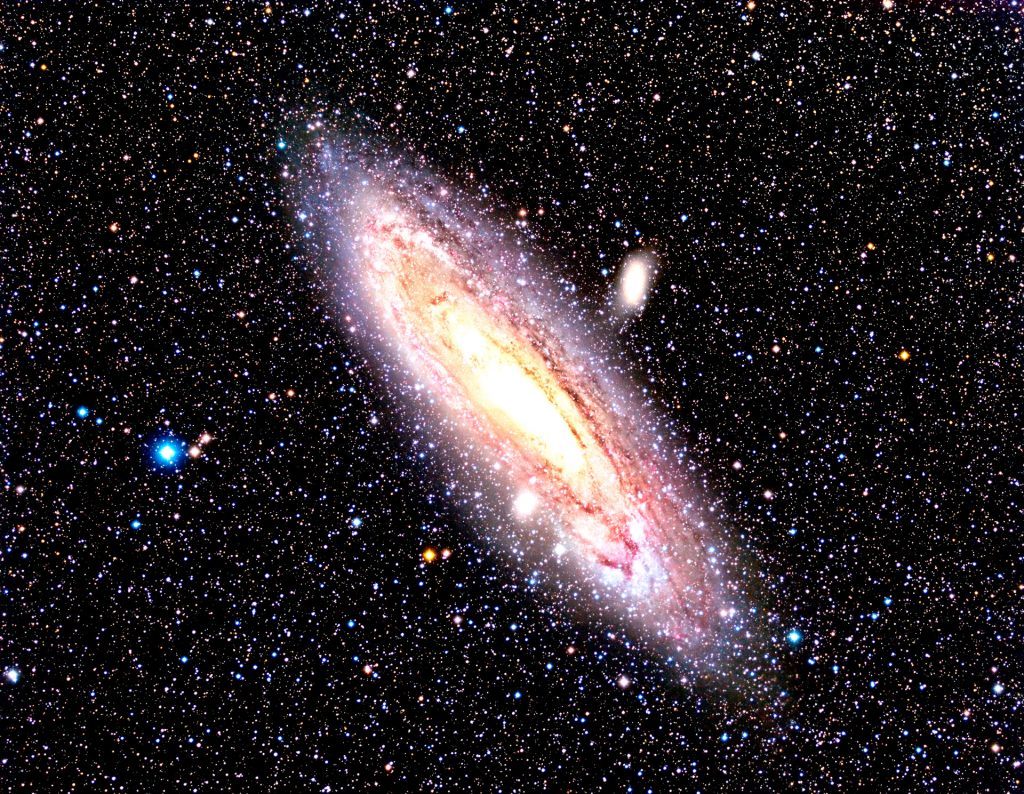
Structure formation in the Universe is the result of billions of years of cosmic evolution, starting with the amplification of tiny fluctuations in the density field responsible of the vast network of galaxies we see today. Galaxies are clumps of stars, gas, interstellar dust, and dark matter in the so-called cosmic web and grow hierarchically as a result of mergers and interactions with each other and the intergalactic medium, which significantly affect their dynamical and astrophysical properties over cosmic time. As time elapses, galaxies group together forming different structures such as filaments, clusters and superclusters.
At IAFE, we carry out research on the formation and evolution of galaxies that involve the understanding of different physical processes acting simultaneously, such as gravity, magnetohydrodynamics, stellar formation and nucleosynthesis, as well as the mechanisms responsible for the release of matter and energy to the interstellar and intergalactic media, whether through stellar explosions, active galactic nuclei, or large-scale galactic collisions. From this theoretical analysis, predictions of the properties of galaxies are obtained, such as their chemical abundances, their morphology or spatial clustering. These properties are then compared with observational results, allowing us to improve our theoretical models.